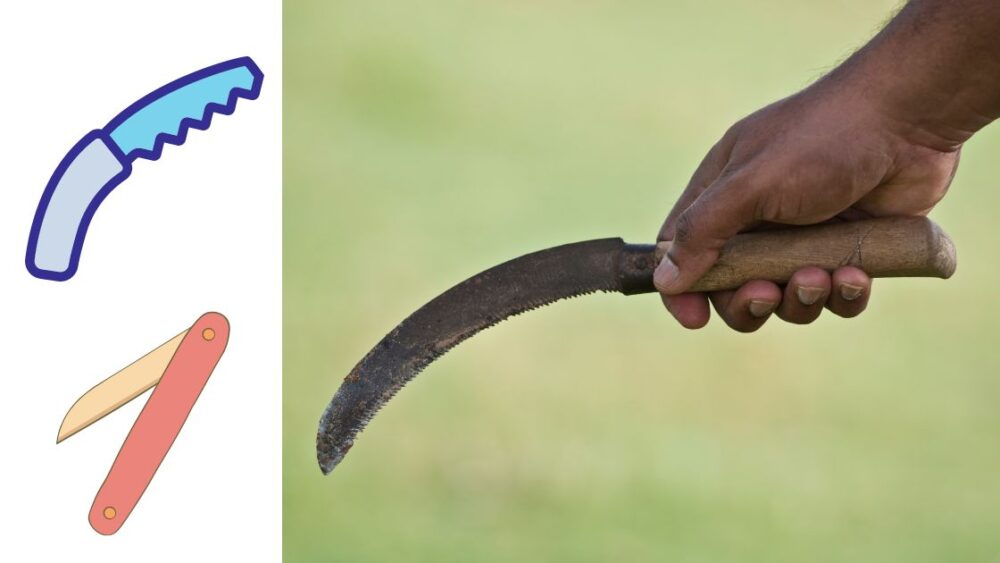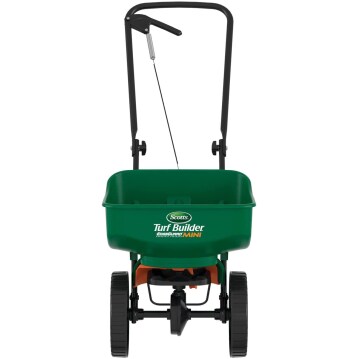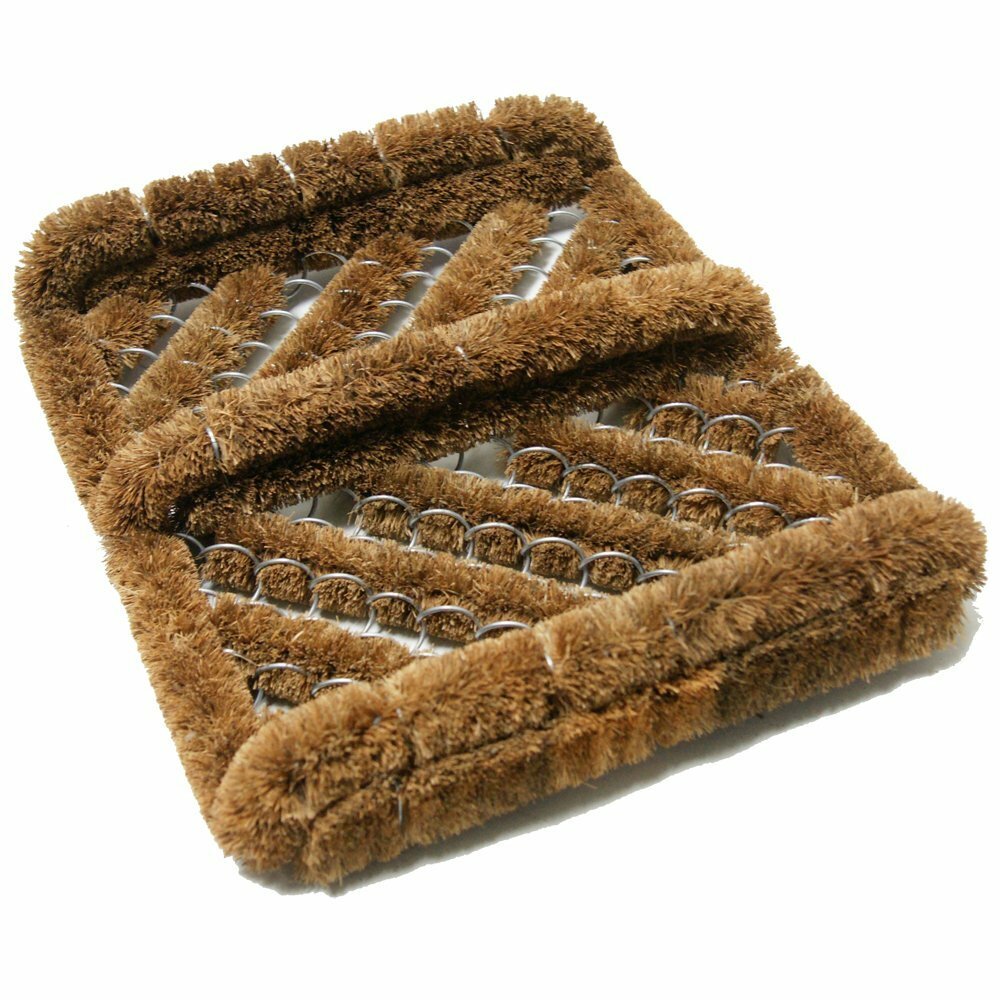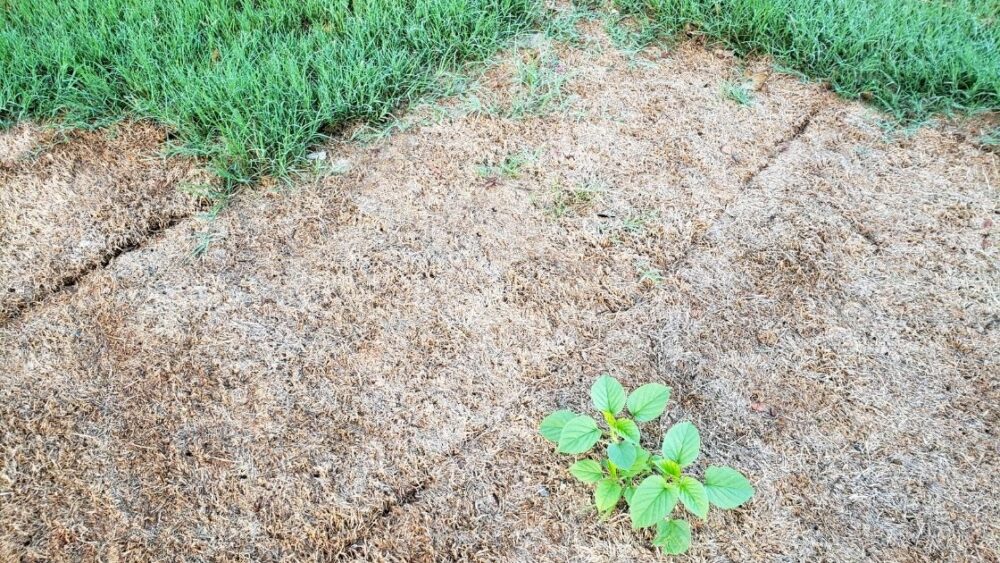
Among your many tools, a good gardening knife stands out as an essential item for any gardener, whether you’re a novice or an expert. But with so many options available, how do you choose the right gardening knife? This comprehensive guide will help you understand what makes a good gardening knife and how to choose the best one for your needs.
Understanding the Importance of a Good Gardening Knife
A gardening knife can be a versatile tool that can be used for various tasks, including pruning, weeding, harvesting, and grafting. The right knife can make these tasks easier and more efficient, while a poor-quality knife can lead to frustration and even injury. Therefore, investing in a high-quality gardening knife is crucial for any gardener.
Key Features of a Good Gardening Knife

you can find the above knife on amazon by clicking here: CRKT EDC Folding Pocket Knife: Special Forces Everyday Carry, Automated Liner Safety, Dual Hilt, G10 Handle, 4-Position Pocket Clip. As a gardener, this knife has served me well.
Browse our Affiliate Products
When choosing a gardening knife, several key features should be considered to ensure you get a tool that will meet your needs and last for years. Here are the most important features to look for:
- Blade Material
- Stainless Steel: Stainless steel is a popular choice for gardening knives due to its rust-resistant properties and durability. It retains its sharpness for a long time and requires minimal maintenance, making it ideal for gardeners who want a low-maintenance option.
- Carbon Steel: Carbon steel blades are known for their sharpness and ease of sharpening. They are perfect for precision tasks but require more care to prevent rusting. Regular cleaning and oiling are necessary to maintain a carbon steel blade.
- Blade Design and Shape
- Straight Blade: A straight blade is versatile and suitable for general gardening tasks such as slicing and cutting.
- Curved Blade: Curved blades are excellent for pruning and harvesting, allowing for precise cuts without damaging plants.
- Serrated Blade: Serrated blades are ideal for cutting through tough materials like branches and roots. They are perfect for gardeners who need to tackle more rugged tasks.
- Handle Design
- Ergonomic Design: An ergonomic handle design ensures that the knife fits comfortably in your hand, reducing strain and fatigue during prolonged use.
- Non-Slip Grip: A non-slip grip is essential for maintaining control of the knife, especially in wet or muddy conditions. Look for handles made from materials like rubber or textured plastic that provide a secure grip.
- Durable Materials: Handles made from hardwood, reinforced plastic, or rubber are more likely to withstand the rigors of gardening and provide a comfortable grip.
- Versatility
- A good gardening knife should be versatile enough to handle multiple tasks. Look for a knife that can be used for pruning, weeding, harvesting, and grafting. A versatile knife will save you time and effort, making your gardening experience more enjoyable.
- Safety Features
- Blade Lock: A locking mechanism that keeps the blade securely in place during use and storage is crucial for preventing accidents.
- Sheath or Blade Cover: A sheath or blade cover protects the blade and prevents accidental cuts when the knife is not in use.
- Finger Guard: Some knives come with a finger guard to protect your fingers from slipping onto the blade, adding an extra layer of safety.
- Ease of Maintenance
- Sharpening: Choose a knife that can be easily sharpened with standard sharpening tools. A sharp knife is more effective and safer to use.
- Cleaning: Opt for materials that are easy to clean and less prone to rust. Stainless steel blades are particularly easy to maintain.
- Replaceable Parts: Some high-quality knives offer replaceable blades or parts, extending the life of the tool and ensuring it remains in good condition for years.
Steps to Choosing the Right Gardening Knife
Now that you know what features to look for, here are the steps to help you choose the right gardening knife:
- Identify Your Needs
- Consider the tasks you will be performing most frequently. Do you need a knife primarily for pruning, weeding, harvesting, or grafting? Understanding your needs will help you narrow down your options.
- Research and Compare Options
- Look for gardening knives that meet your requirements and compare their features, prices, and reviews. Online reviews and recommendations from fellow gardeners can provide valuable insights into the performance and durability of different knives.
- Test the Knife
- If possible, test the knife before purchasing. Check the comfort of the handle, the sharpness of the blade, and the overall feel of the knife. A good gardening knife should feel balanced and comfortable in your hand.
- Consider the Brand and Warranty
- Choose a reputable brand known for producing high-quality gardening tools. A good warranty can also provide peace of mind, knowing that the manufacturer stands behind their product.
For me, I would choose the one that is most comfortable in your hand wi
Maintenance Tips for Your Gardening Knife
To ensure your gardening knife remains in top condition, follow these maintenance tips:
- Clean the Blade After Each Use
- Wipe the blade clean after each use to remove dirt, sap, and moisture. This helps prevent rust and keeps the blade sharp.
- Oil the Blade Regularly
- Apply a thin layer of oil to the blade to protect it from rust and corrosion. This is especially important for carbon steel blades.
- Sharpen the Blade as Needed
- Use a sharpening stone or a knife sharpener to maintain the sharpness of the blade. A sharp blade is more efficient and safer to use.
- Store the Knife Properly
- Store the knife in a dry place and use a sheath or blade cover to protect the blade. Proper storage prevents accidental cuts and damage to the cutting edge.
- Inspect for Damage
- Regularly inspect the knife for any signs of damage, such as cracks in the handle or chips in the blade. Address any issues promptly to ensure the knife remains safe to use.
Conclusion
Choosing the right gardening knife involves considering your specific needs, the blade material and design, handle comfort, versatility, safety features, and maintenance requirements. By carefully evaluating these factors, you can find the perfect gardening knife that will make your gardening tasks easier and more enjoyable. Investing in a high-quality gardening knife is a decision that will pay off with better gardening results and a more pleasant gardening experience. With the right knife in hand, you’ll be well-equipped to tackle any gardening challenge and enjoy the fruits of your labor.









